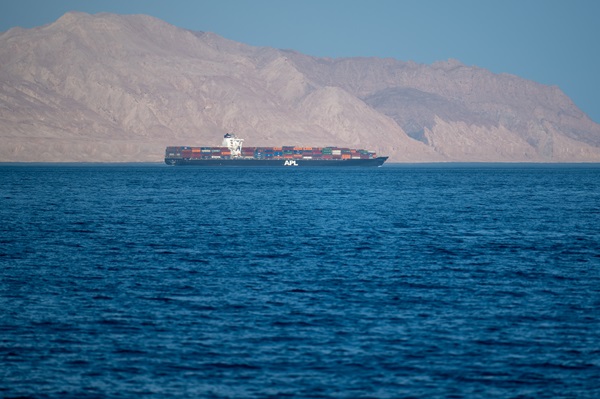.png)
India And The Gulf Crisis: Navigating Rising Risks
As Iran-Israel tensions rise, India braces for oil shocks. A $10 crude spike may widen the CAD by $15 billion.


Nilanjan Banik is a Professor at the School of Management, Mahindra University, specialising in trade, market structure, and development economics.
June 19, 2025 at 11:40 AM IST
Tensions between Iran and Israel have escalated, raising fears of a wider regional conflict with global economic implications, particularly in energy markets. As a key oil producer and the current OPEC Conference President, Iran plays a pivotal role. Any disruption, such as a blockade of the Strait of Hormuz, could destabilise supplies and push crude oil prices sharply higher. Oil has already surged by about $10 per barrel, and a prolonged war could drive it past $100, stoking global inflation.
According to ClearView Energy Partners, in markets without fuel subsidies, a $10-per-barrel rise in crude oil typically raises petrol prices by 7 cents, or roughly ₹6 per litre. In extreme cases such as the closure of the Strait, this could go up by 27 cents, or ₹23. At present, the shipping lanes remain open, but Iran has threatened to lay naval mines if the United States enters the conflict.
While Iran accounts for less than 2% of global oil supply, the Strait of Hormuz facilitates nearly 12% of the world’s oil flows. Much of the Middle East’s exports pass through this strategic chokepoint. Its security is not just a regional concern but a global imperative.
UN COMTRADE data shows Iran exported $13.26 billion worth of goods in 2024, with China (34.6%), Turkey (16.5%), and India (7.7%) as key destinations. China, Iran’s largest trade partner, accesses discounted Iranian oil via a “shadow fleet” of old, uninsured tankers that conduct ship-to-ship transfers to disguise the cargo’s origin. This oil, priced $2 to $3 below market rates, is paid for in Chinese renminbi. A prolonged war may hinder Iran’s ability to import Chinese goods in return, tightening its trade lifeline.
For energy-dependent economies like China and India, both heavily reliant on oil flowing through the Strait, such disruptions could be economically destabilising. This comes at a time when both countries are managing post-COVID recovery and mounting debt concerns. Further complications arise from Western sanctions, since most major shipping insurers are based in the United States or Europe. Formal trade becomes harder to sustain when insurance is unavailable.
Israel, while not a significant oil player, remains vital to global tech and defence supply chains. Its economy depends on foreign capital and exports in cybersecurity and high-tech manufacturing. A protracted war could unsettle investor confidence, disrupt operations, and dent trade performance. Recent fluctuations in the Tel Aviv Stock Exchange already reflect growing investor unease.
For India, the immediate impact remains limited, as the government continues to regulate domestic fuel prices. Petrol is still sold at pre-war levels. Inflation has remained under control, with Consumer Price Inflation at 2.82% and the Wholesale Price Index at 0.39% in May 2025. A forecast for a strong monsoon and resilient domestic demand, which drives two-thirds of India’s GDP, offers buffer against external headwinds.
Yet, risks are mounting. During 2024–25, India imported around 242.4 million tonnes of crude oil, a 4.2% increase from the previous year’s 232.7 million tonnes. According to Union Bank of India estimates, every $10 per barrel rise in crude could widen India’s current account deficit by nearly $15 billion annually. If oil prices remain elevated and eventually pass through to consumers, the inflationary pressure could be difficult to contain.
India, like much of the world, is watching events in the Gulf unfold with concern. The longer the conflict drags on, the harder it will be to insulate the economy from its ripple effects.



